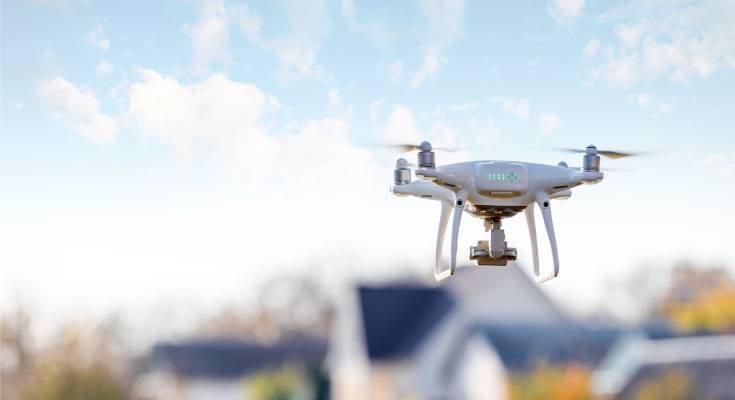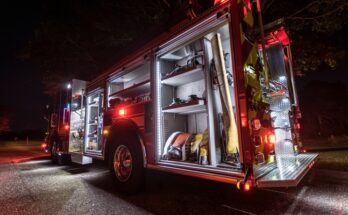Whether you’re a hobbyist or a professional drone operator, proper drone storage is essential to ensure your device remains in top condition. Neglecting storage best practices can lead to costly repairs or even total replacement of your drone. Continue reading for some practical tips for storing your drone when not in use, allowing you to extend its lifespan and maintain its functionality.
Keep Your Drone’s Batteries at Optimal Levels
Some of the most critical components of your drone are the batteries, and storing them correctly can significantly impact their longevity. When your drone is not in use, it’s important to keep the batteries charged to about 50–60 percent of their capacity; fully charged or completely drained batteries can degrade faster over time. Additionally, consider storing them in a cool, dry place to avoid exposure to extreme temperatures, which can harm their performance and negatively impact your drone’s flight time. If you’re storing your drone for an extended period, check the batteries periodically and recharge them to the optimal level as needed.
Store Your Drone in a Safe, Dry Place
Environmental factors can greatly affect the condition of your drone. Storing your drone in a safe, dry place is crucial to prevent damage from moisture, humidity, and temperature extremes. Avoid places like basements or attics that may experience significant temperature fluctuations or dampness. Instead, opt for a closet or a shelf in a climate-controlled area of your home. Storing your drone at a consistent, moderate temperature will protect its electronic components from potential damage.
Protect Your Drone From Dust and Debris
Dust and debris can accumulate on your drone and its components, leading to performance issues and potential damage. To avoid this, store your drone in a protective environment free from dust and dirt. Utilizing a soft cloth cover or a dedicated storage container can help keep these elements at bay. Regularly cleaning your drone before storage is another worthwhile proactive measure. Using a microfiber cloth to gently wipe down the surface ensures that no residual dust or debris causes problems later.
Use Protective Cases for Your Drone and Accessories
Investing in high-quality protective cases for your drone and its accessories is a smart move. These cases provide a snug fit and cushioning, protecting delicate parts from physical shocks and impacts. A good protective case can also keep all drone components organized, making it easier to locate everything for your next flight. Some cases are even weather-resistant, offering an additional layer of protection against environmental factors. Keeping your drone and accessories in a protective case can dramatically reduce the risk of accidental damage.
Proper storage is not just about placing your drone somewhere safe; it’s about taking proactive steps to ensure that every component remains in optimal condition. By following these tips for storing your drone when not in use, you can significantly extend its lifespan. Implement these guidelines today to keep your drone ready for its next adventure.



